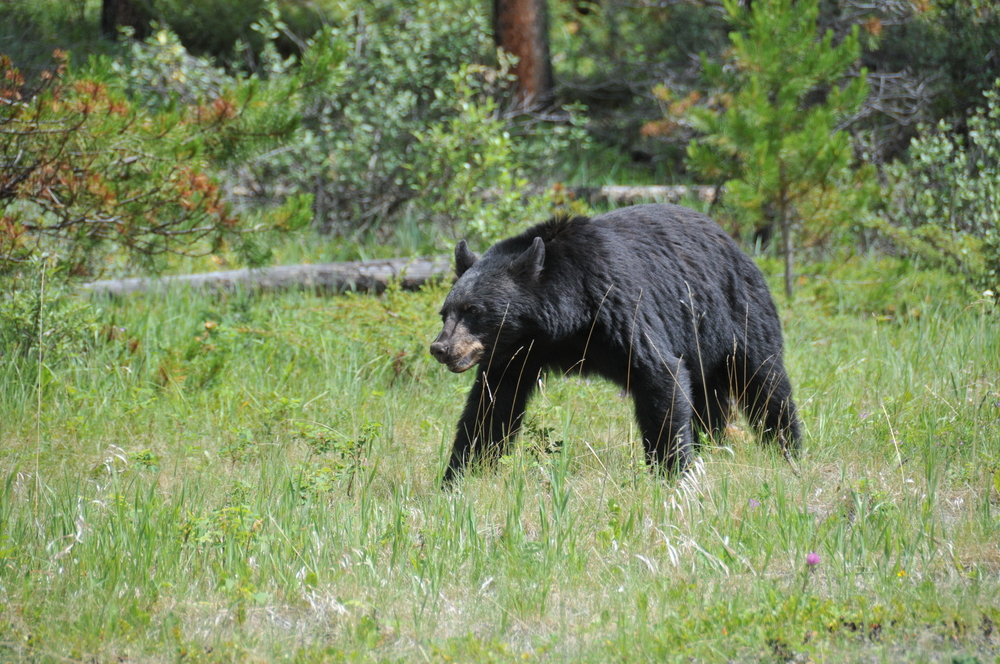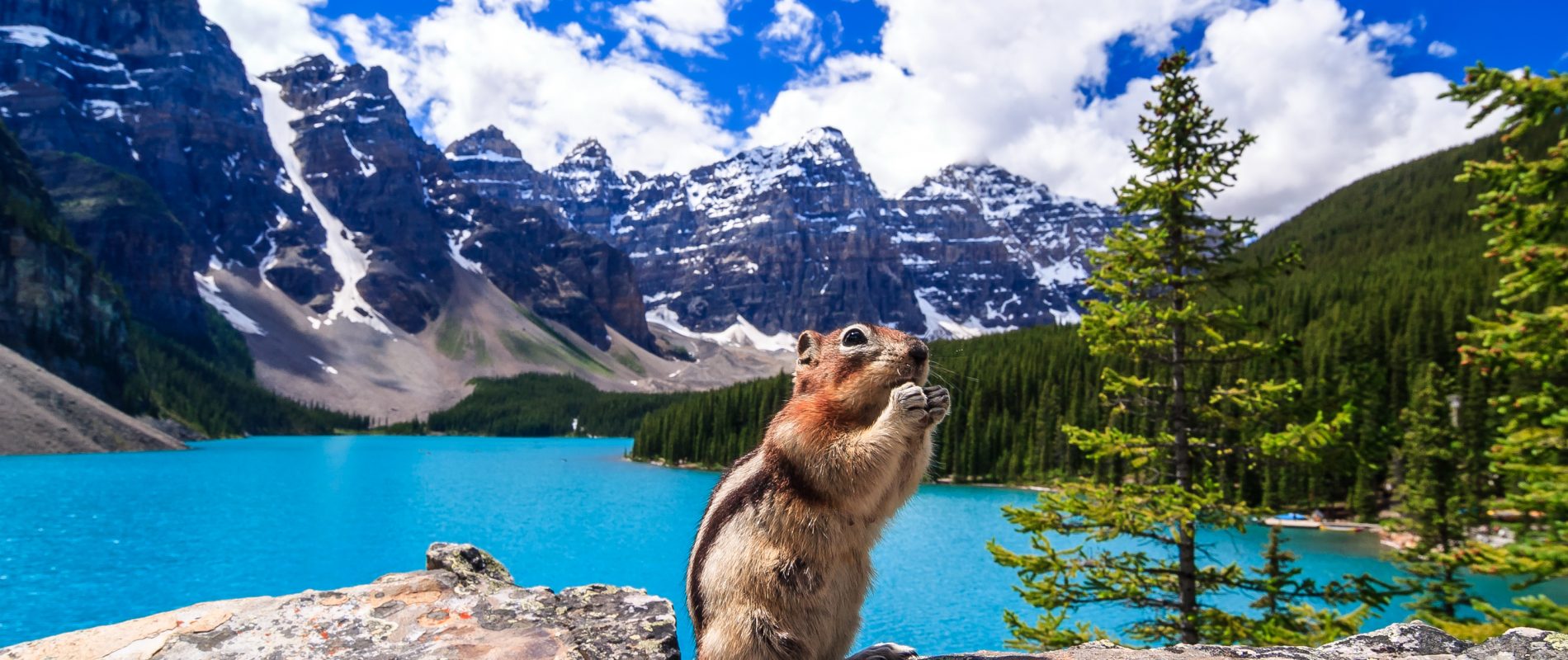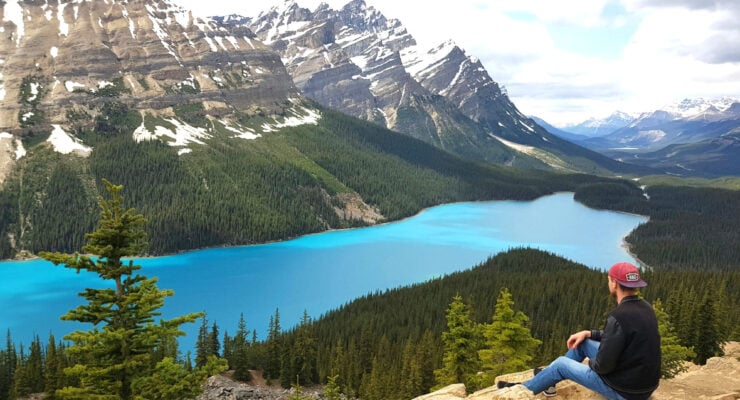Black bears, grizzlies and what to do if you’re in bear country
Black bears, grizzlies and what to do if you’re in bear country
Contrary to popular beliefs—sorry, Disney fans!—bears aren’t super cuddly creatures but solitary and unpredictable animals. You’re unlikely to bump into a bear out in the wild in Toronto or Montreal, yet you could find yourself in bear country if you’re hiking in national parks or in the backcountry, so you should know what to do to avoid a potentially terrifying face-to-face encounter.

How to avoid a bear encounter
If you’re going hiking or camping, check info about bears in the area and pack bear spray. Look for notices at campgrounds and visitor centres.
Bears love food, so make sure to lock supplies and garbage into a metal bear-proof container. At the very least, you should hang everything from a tree away from camp, unless you want to be woken up by a curious, hungry bear in the middle of the night.
On trails, the key is to make noise and be alert. Stick together, don’t let pets and kids wander around. Never surprise a bear—talk, sing, clap to announce your presence, especially near streams or if you spot signs of a bear in the area (smell, disturbed vegetation, etc.). Bear bells are not enough, make sure to be loud! Stick to marked trails and safe campgrounds.
What to do if you encounter a bear
Most Canadians learn the bear safety rhyme, “If it’s brown, lay down. If it’s black, fight back. If it’s white, goodnight.”
Avoiding encounters is the best approach. If you see a bear, stop and remain calm. If the bear is unaware of your presence, leave quietly. If it spots you, back away slowly. If the bear approaches or looks defensive, this may be the right time to use bear spray. Remember that predatory attacks are very rare, don’t miss out on exploring parks and landscape because you’re scared of bears!
For more tips, read Safe travels in bear country. And if you’ve never heard of bear spray, read this!












 Français
Français English
English





0 comments
{{like.username}}
Loading...
Load more